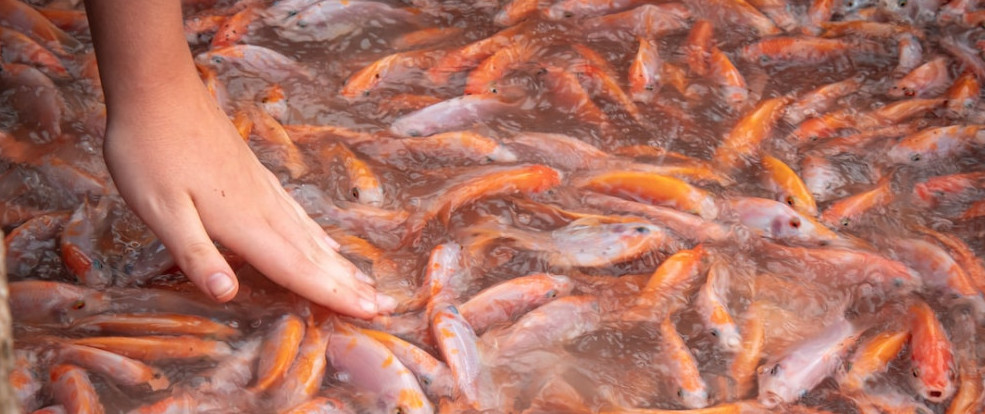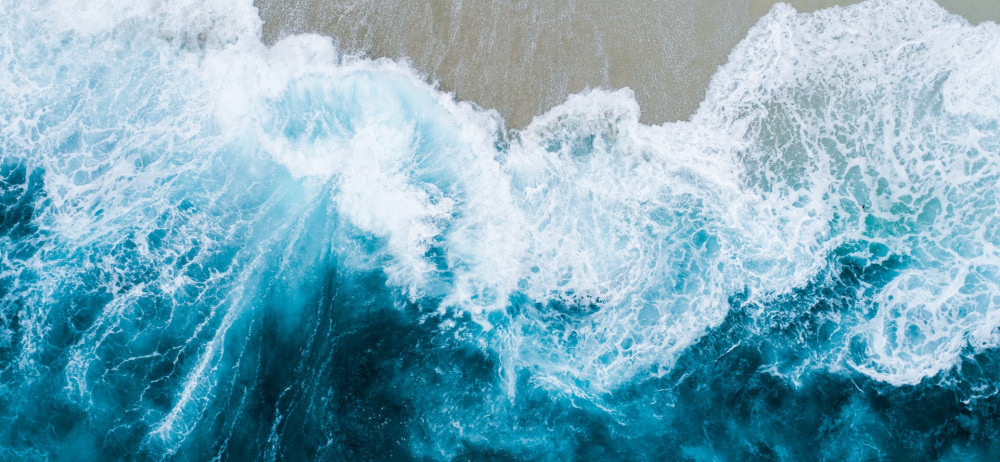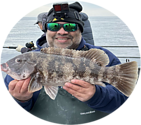In today’s technology-driven world, the potential of artificial intelligence (AI) and machine learning (ML) is vast and diverse. One area where these technologies can make a significant impact is in fishing research and enhancement. By utilizing the power of ChatGPT, an advanced language model developed by OpenAI, fishermen, researchers, and conservationists can unlock new possibilities for studying fish populations, improving sustainability, and minimizing environmental impact. In this article, we will explore how to leverage ChatGPT for fishing research and enhancement, opening doors to a more informed and sustainable future.
Understanding ChatGPT’s Capabilities:
ChatGPT is an AI language model trained to generate human-like responses based on given prompts. By providing it with fishing-related questions, scenarios, or data, you can receive insightful and contextually relevant answers. Its extensive training allows it to understand various aspects of fishing, such as species identification, fishing techniques, equipment selection, and conservation practices.
Conducting Fishing Research:
a. Fish Species Identification: ChatGPT can aid in identifying different fish species based on descriptions or images, helping researchers analyze population trends and distributions. Researchers can also use ChatGPT to predict migration patterns, spawning behaviors, and habitat preferences of specific species.
b. Environmental Impact Assessment:
ChatGPT can analyze environmental data, such as water quality parameters, temperature changes, and pollution levels, to assess their impact on fish populations. This information can help researchers identify potential threats and develop effective conservation strategies.
c. Fisheries Management: Researchers can employ ChatGPT to analyze historical fishing data, including catch rates, fishing effort, and fishing locations. This information can assist in evaluating the effectiveness of fishing regulations, optimizing fishing seasons, and implementing sustainable management practices.
Enhancing Fishing Practices:
a. Tackle Selection and Techniques: By consulting ChatGPT, fishermen can receive personalized recommendations on tackle selection, fishing techniques, and bait choices based on factors such as target species, location, and weather conditions. This can lead to more efficient and successful fishing trips while minimizing bycatch.
b. Sustainable Fishing Practices: ChatGPT can provide insights into sustainable fishing practices, helping fishermen adopt responsible techniques that reduce overfishing and preserve the ecosystem.
c. Weather and Fishing Conditions: Fishermen can utilize ChatGPT to gain real-time information on weather conditions, water temperatures, and tidal patterns. This knowledge can help plan fishing trips, optimize fishing times, and increase the chances of a productive outing.
Collaborative Data Analysis:
ChatGPT facilitates collaboration between researchers, fishermen, and conservation organizations. By sharing data and insights, stakeholders can collectively analyze trends, develop conservation strategies, and enhance sustainable fishing practices. ChatGPT can also assist in summarizing research papers, extracting relevant information, and suggesting potential research directions.
Conclusion:
ChatGPT presents an exciting opportunity for fishermen, researchers, and conservationists to enhance fishing practices and advance fishing research. Its ability to provide real-time information, species identification, tackle recommendations, and data analysis capabilities makes it a valuable tool in promoting sustainable fishing and preserving fish populations. By leveraging the power of AI and machine learning, we can create a more informed and responsible fishing industry, ensuring the long-term health and viability of our oceans and aquatic ecosystems.
Meet The Author
 Meet Keith, a passionate angler and the author of the popular fishing blog, “Anglers Hub.” Keith grew up in a NYC where fishing is way of life. As he got older, Keith’s love for fishing only grew stronger, and he decided to share his knowledge and experiences with his children and others through his blog. He is now a Premium Member of Wealthy Affiliates a wonderful organization that helps aspire people from all walks of life take hold of their lives and move towards being independent in all walks of life. His son Pedro is a brand ambassador for Tsunami Tackle and S&S Bucktails two of the top brands in fishing.
Meet Keith, a passionate angler and the author of the popular fishing blog, “Anglers Hub.” Keith grew up in a NYC where fishing is way of life. As he got older, Keith’s love for fishing only grew stronger, and he decided to share his knowledge and experiences with his children and others through his blog. He is now a Premium Member of Wealthy Affiliates a wonderful organization that helps aspire people from all walks of life take hold of their lives and move towards being independent in all walks of life. His son Pedro is a brand ambassador for Tsunami Tackle and S&S Bucktails two of the top brands in fishing.
In this article, you may come across affiliate links, which are links that lead to products or services that are being promoted. These links are specially formatted so that when a reader clicks on them and makes a purchase, the author of the article may receive a commission from the company that sells the product or service. It’s important to note that the use of affiliate links doesn’t affect the price you pay for the product or service. Instead, it’s a way for the author to earn a small percentage of the sale, which helps them to continue creating valuable content. Rest assured that any products or services recommended in this article have been carefully selected and are only included because the author believes they will be of value to the reader.